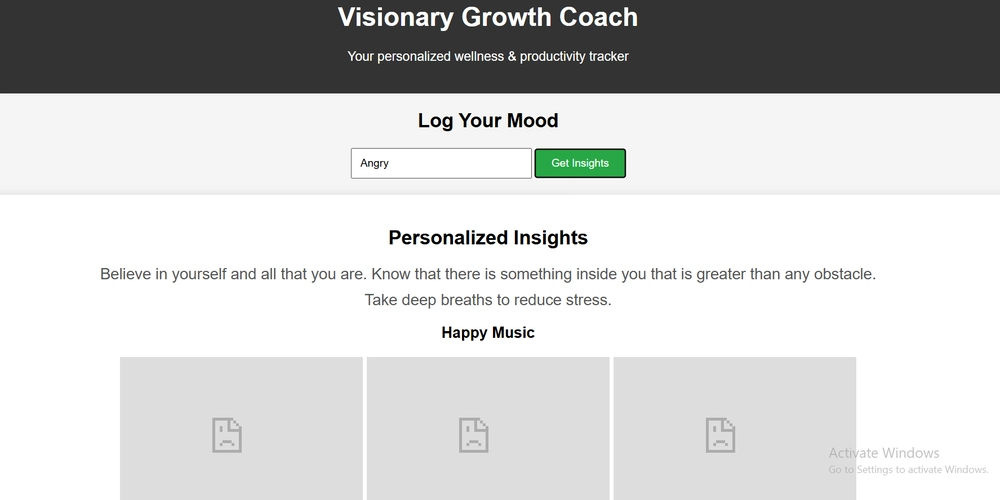Automating your workflow with GitHub Actions
TLDR; They are simply repository scoped event listeners. Ever been bored having to go through others code when working in open source projects, or having to always manually test people's code before you merge their pull requests or even having to manually update issues? Well the simple solution is GitHub actions. It is basically an automation tool for tests, builds, deployments and anything else you might want to do to your repo. Creating Your First action With GitHub actions you set up jobs to be run when certain events are triggered. Well let's dive in. This write up presumes you have a solid knowledge of git, GitHub, issues, and pull requests. Step One: Create a GitHub repo For this, it is better to create a new repo where you can try things out without having to worry about breaking anything. Go to GitHub. If you don't have an account then this is not for you. Leave this page immediately Create a new repository For consistency you can name it mygithubactions which is the name I used for mine and will be referencing throughout this article. Step Two: Create a workflow A GitHub Actions workflow is defined in a YAML file (usually with a .yml or .yaml extension) and placed in the .github/workflows directory of your repository. Here's a breakdown of how to define one: Create the workflow file Navigate to your repository root directory (either on your device or on github) Create a directory name .github Inside .github create another directory name workflows Inside the workflows folder we'll create the workflow file. Create a file name github_actions_demo.yml or Simply navigate to the actions tab and click new action Define the workflow Inside the YML file, you'll define the workflow. Copy and paste the code below into the github_actions_demo.yml # Demo workflow name: GitHub Actions Demo run-name: ${{github.actor}} is testing out GitHub Actions

TLDR; They are simply repository scoped event listeners.
Ever been bored having to go through others code when working in open source projects, or having to always manually test people's code before you merge their pull requests or even having to manually update issues? Well the simple solution is GitHub actions. It is basically an automation tool for tests, builds, deployments and anything else you might want to do to your repo.
Creating Your First action
With GitHub actions you set up jobs to be run when certain events are triggered. Well let's dive in. This write up presumes you have a solid knowledge of git, GitHub, issues, and pull requests.
Step One: Create a GitHub repo
For this, it is better to create a new repo where you can try things out without having to worry about breaking anything.
- Go to GitHub. If you don't have an account then this is not for you. Leave this page immediately
- Create a new repository
- For consistency you can name it
mygithubactionswhich is the name I used for mine and will be referencing throughout this article.
Step Two: Create a workflow
A GitHub Actions workflow is defined in a YAML file (usually with a .yml or .yaml extension) and placed in the .github/workflows directory of your repository. Here's a breakdown of how to define one:
-
Create the workflow file
- Navigate to your repository root directory (either on your device or on github)
- Create a directory name
.github - Inside
.githubcreate another directory nameworkflows - Inside the workflows folder we'll create the workflow file. Create a file name
github_actions_demo.ymlor Simply navigate to the actions tab and click new action
Define the workflow
Inside the YML file, you'll define the workflow. Copy and paste the code below into the github_actions_demo.yml
# Demo workflow
name: GitHub Actions Demo
run-name: ${{github.actor}} is testing out GitHub Actions 








































































































































































![[The AI Show Episode 142]: ChatGPT’s New Image Generator, Studio Ghibli Craze and Backlash, Gemini 2.5, OpenAI Academy, 4o Updates, Vibe Marketing & xAI Acquires X](https://www.marketingaiinstitute.com/hubfs/ep%20142%20cover.png)



























































































































![[FREE EBOOKS] The Kubernetes Bible, The Ultimate Linux Shell Scripting Guide & Four More Best Selling Titles](https://www.javacodegeeks.com/wp-content/uploads/2012/12/jcg-logo.jpg)



![From drop-out to software architect with Jason Lengstorf [Podcast #167]](https://cdn.hashnode.com/res/hashnode/image/upload/v1743796461357/f3d19cd7-e6f5-4d7c-8bfc-eb974bc8da68.png?#)






































































































.png?#)




.jpg?#)
































_Christophe_Coat_Alamy.jpg?#)








































































































![Rapidus in Talks With Apple as It Accelerates Toward 2nm Chip Production [Report]](https://www.iclarified.com/images/news/96937/96937/96937-640.jpg)








































































































































